In the media today, we see two contrasting ALP position papers, by Kevin Rudd in the AFR, and by Anthony Albanese in a Press Club address pre-released to some media outlets.
Kevin Rudd, in ranting against “the faceless men of the factions” claims among the ALP successes that, “We ratified the Kyoto Protocol, (in 2007) legislated a Mandatory Renewable Energy Target now delivering 20 per cent clean energy, and legislated twice for a carbon price only to be defeated by the Liberal-Green coalition”.
Rudd’s measures accelerated the trend to subsidised wind and solar, the upshot of which became clear in 2016. At that time, the increased market share of difficult-to-control intermittent generation finally forced the departure from the market of two very significant coal generators, the Northern in South Australia and Hazelwood in Victoria. The upshot was first, the collapse of the South Australian electricity supply system, demonstrated the vulnerability of a system that is dependent on renewables, and secondly the doubling of the wholesale costs of electricity.
The wind/solar-driven market collapse is being combatted by expenditures that further add to the subsidies these sources of generation require.
The price increases that the renewables have caused, short of abandoning the subsidies, can only be mitigated by reduced demand. This is presently in place due to COVID-19. To sustain it, we would have to see a continuation of the de-industrialisation higher energy prices have brought about in recent years, with all this means in terms of lower living standards.
Anthony Albanese now says he wants to form a common policy front with the Government in which the ALP would no longer be wedded to the NEG carbon tax or the 50 per cent renewables-by-2030 target. But the apparent change of direction is highly nuanced and is contingent on any future model being “scalable to different emission reduction targets by future governments.” This allows the ALP to neutralise claims that it is supporting a carbon tax while leaving open such a solution as well as more draconian measures to eliminate low cost coal energy.
Moreover, in handing out an ostensible olive branch, Albanese is also calling for the COVID crisis to be the catalyst for further spending on renewable subsidies. Apparently, the solution to a crisis that has reduced national prosperity is to embark in measures that further impoverish us by requiring an accelerated replacement of cheap electricity by expensive, unreliable sources!
Indeed, the controller of Albanese’s Twitter account today Tweeted:
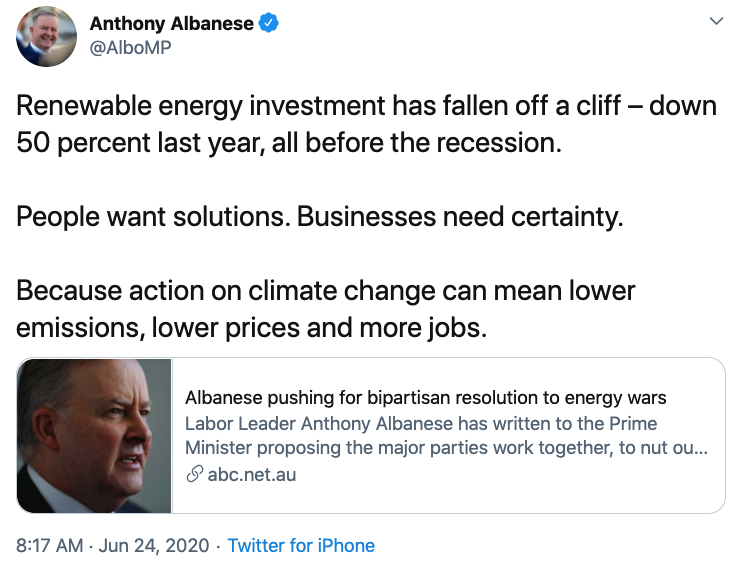
“Renewable energy investment has fallen off a cliff – down 50 percent last year, all before the recession. People want solutions. Businesses need certainty. Because action on climate change can mean lower emissions, lower prices and more jobs.”
This is a Clayton’s change in policy.
Moreover, one condition for backing off on support for a carbon tax includes never supporting nuclear power. Another condition expresses support for carbon capture and storage projects if there is a new funding mechanism for it. This is highly disingenuous.
The so-called Global Carbon Capture and Storage Institute (GCCS) was a Rudd government initiative with an initial grant of $315 million funded in a way that successive governments cannot unwind it. Claiming to be “member-owned”, it is very secretive about its accounting, but mainly involves itself in agitprop, professing that the technology is on the cusp of providing a low-cost solution to CO2 emission-free burning fossil fuels.
GCCS is joined on the taxpayer gravy train by another Commonwealth agency, the CO2CRC, chaired by Martin Ferguson, who, as the former minister, stood with Rudd in launching these programs. Ferguson told us in 2012 the government would be spending $2bn and getting another $4bn from industry and we’d have up to four carbon sequestration plants built by 2017. But the CO2CRC itself puts the cost of a CCS coal plant at $150 to $250 per megawatt-hour, compared with its, somewhat exaggerated, estimate of $65 per megawatt-hour for a new black coal plant. CCS costs do not appear to have fallen in the past decade.
Rather than substituting, more expensive energy for cheaper coal-based sources, Matthew Canavan has proposed additional investment in coal generation. He argues for government guarantees to indemnify any new coal generator against policy measures that would undermine future profits. Such a guarantee was implicit in days gone by, but government measures undermining the economics of coal generators by forcing consumers to subsidise their renewable energy competitors now, sadly, necessitates an explicit guarantee.
For his part, Albanese presents new proposals that are strong on cunning but would actually shift us further away from the competitive low-cost electricity industry we had before renewable subsidies brought a doubling of costs and diminution in reliability.
Alan Moran is with Regulation Economics. His latest book is Climate Change: Treaties and Policies in the Trump Era.
Got something to add? Join the discussion and comment below.
Got something to add? Join the discussion and comment below.
Get 10 issues for just $10
Subscribe to The Spectator Australia today for the next 10 magazine issues, plus full online access, for just $10.

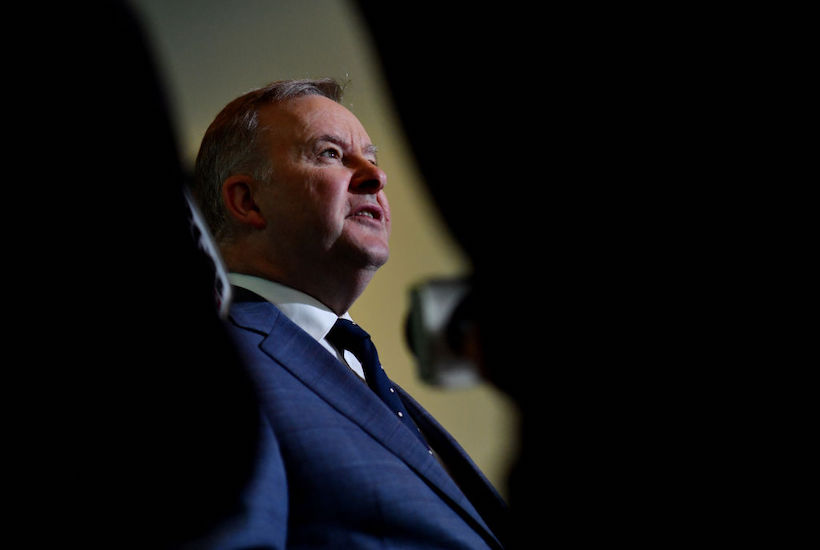
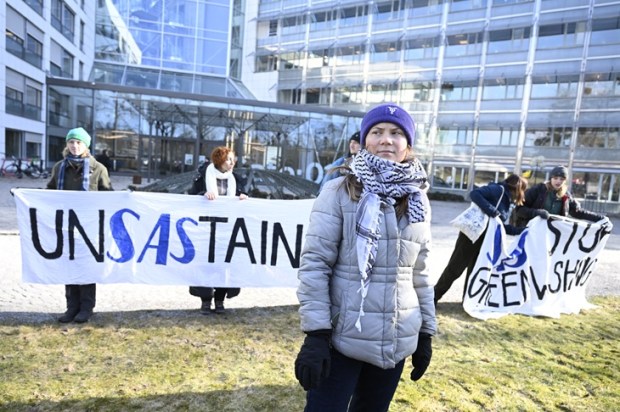
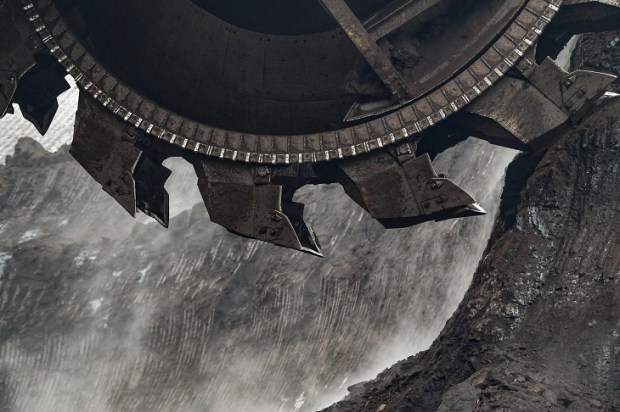
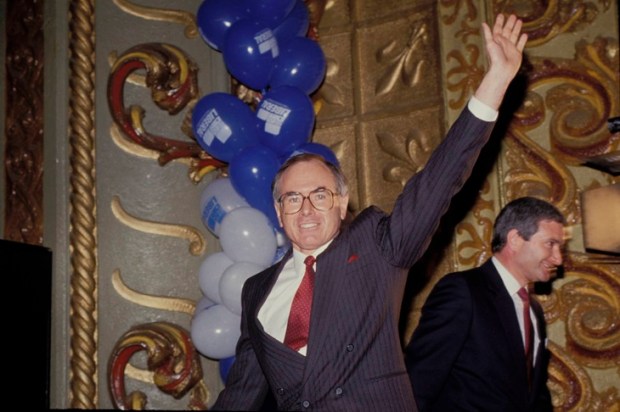

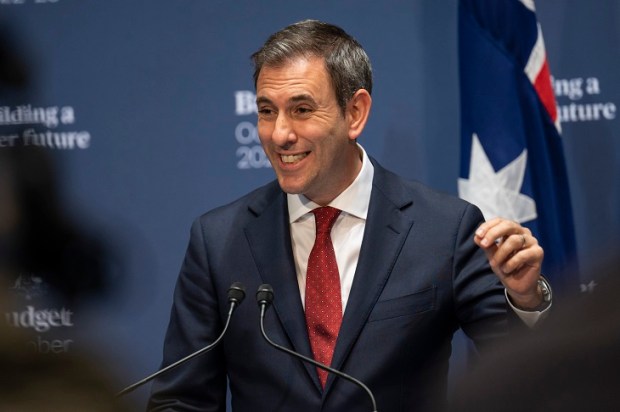
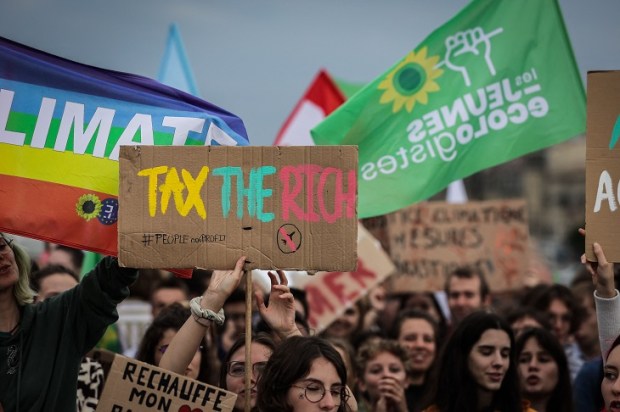


















Comments
Don't miss out
Join the conversation with other Spectator Australia readers. Subscribe to leave a comment.
SUBSCRIBEAlready a subscriber? Log in